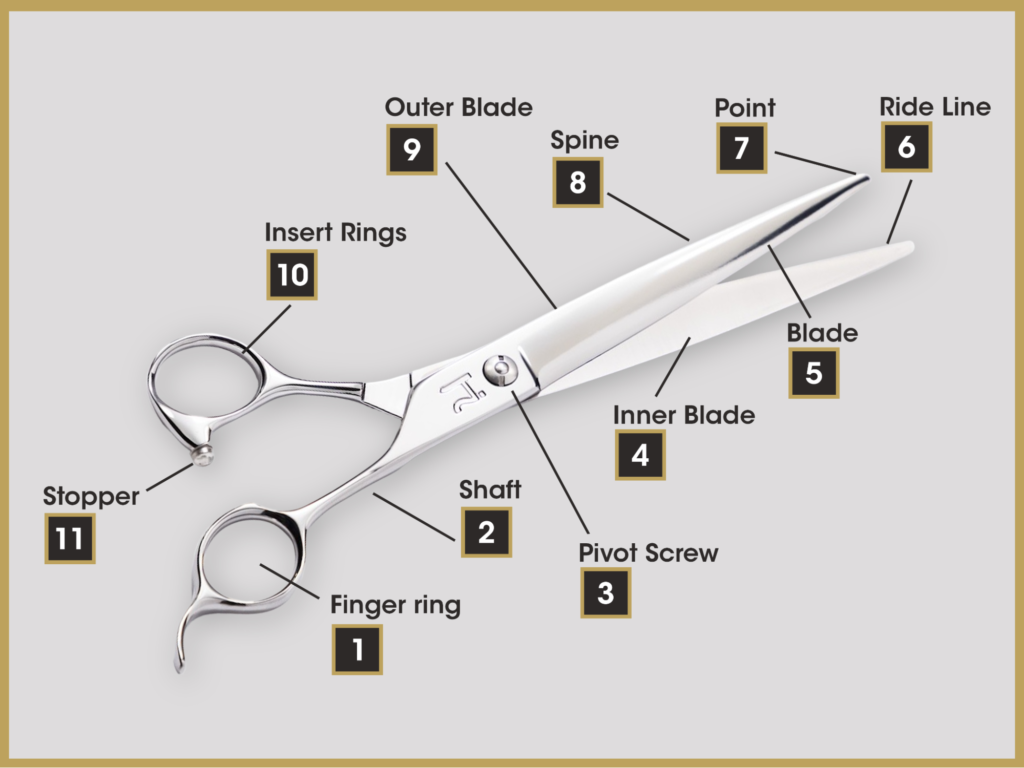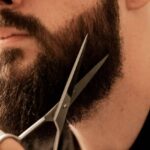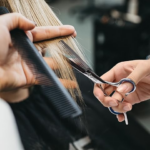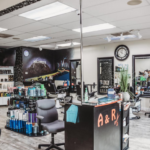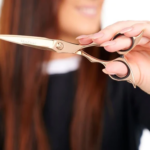The Complete Guide to Parts of Scissors
Professional Hairstyling shears are the workhorse of the hairstyling and hairdressing industry. Although some hairstylists can make amazing hairstyles using electric clippers, you need a bunch of different shears for techniques such as point-cutting, blunt-cutting or slice-cutting. This article will educate you about the various parts of scissors. Understanding the parts of scissors is important for professional hairstylists as it is the first step towards shear maintenance.
All shears have some common parts such as a finger ring, shaft, pivot screw, and inner blade. Let’s dive right in and learn about the various parts of scissors:
Finger Ring
Finger ring is the portion where the hairstylist’s fingers slide in. On each shear, there are two finger rings. Traditionally, one of the two is called the finger ring while the other is called a thumb ring. The differentiation between Swivel and non-Swivel shears is also based on the movement of these rings. Swivel shears have one movable ring whereas in double-swivel, both rings can move freely.
Shaft
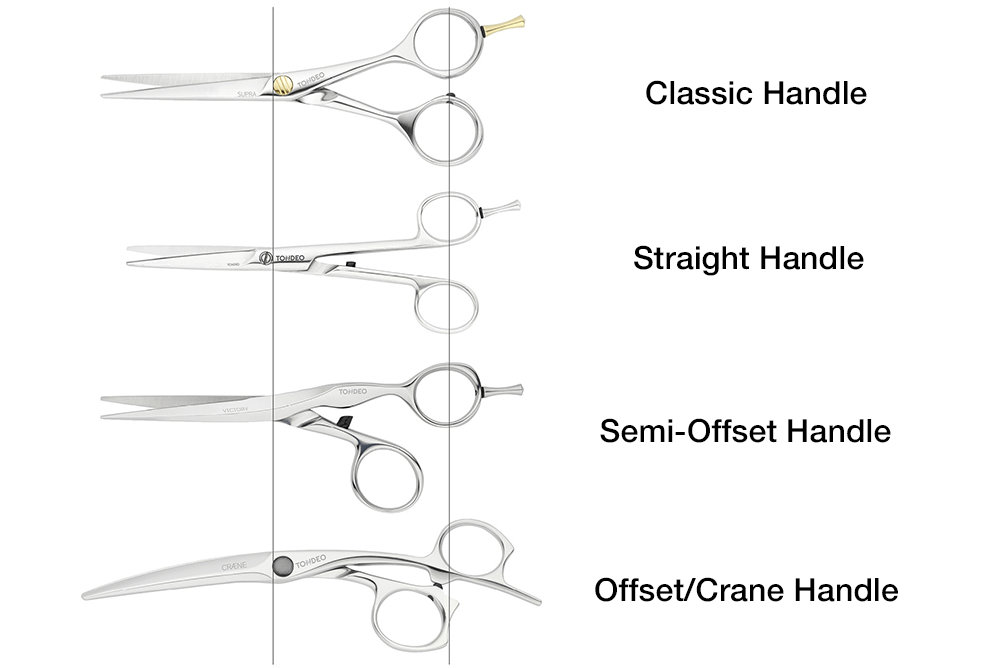
The joining rod between the shaft till the screw is the shaft. These come in a variety of finishes but the most polished finish is preferred. Additionally, the shaft design can be plain or slightly curved depending upon which handle type you opt for as a professional hairstylist. The shaft combined with the finger ring form the handle. There are three unique handle designs: (1) offset handle, (2) crane handle, and (3) classic handle.
The crane handle is most ergonomic but each handle style has its own pros and cons. For instance, the classic handle has amazing point cutting abilities. Hence, knowing the parts of scissors can help you pick the right shear type for your professional hairstyling needs. It is important to note that shaft length is the length from screw to the finger ring and the shear length is the entire length from shear’s tip to finger ring.
It is important to know the difference between the two lengths as the Transportation Security Administration does not allow shears with blades larger than 4.0 inches in the carry-on bag.
Learn more about TSA Regulations for carrying scissors on a plane.
Pivot Screw
The pivot screw is the binding element between the two blades. You will be surprised that there are a variety of pivot screw types that are utilized in professional hairstyling shears. For instance, my all time favorite shear HH21 Gokai uses a countersunk locking tension control which makes the cutting action butter smooth.
Inner Blade
The inner blades are the blade ends facing each other. Sharpness of these edges matters the most and if these inner blades are dull, the hair cut will not be proper. Inner blades can be sharpened by employing a sharpening service. If you want to save a couple bucks, check out my guide for scissor sharpening at home.
Blade
The entire blade (inner and outer combined) is simply called the blade. Now, here is the amazing thing – there are two blade styles. If you are using a German shear, the blades will most likely be beveled. Similarly, if you prefer a Japanese shear like I do, the blades will be convex. Blade is the primary distinguishing factor between various shear sizes. Texturizing shears have a toothed blade whilst cutting shears have a smooth blade. There are further categories in texturizing shears based on the number of teeth.
Ride Line
Ride line is the sharp line on which the hairs ride before the two edges of the blade come together. Whetstone or professional tools are used to polish this ride line. To protect your beloved shears from retiring quickly, clean the ride line with some high quality sheer cloth and place it in a scissor sheath or case after use. Avoid cutting paper or cloth with professional hairstyling shears.
Point or Tip
The place where both blades meet each other when the two finger rings are touching each other is called the point or tip. This part becomes the most important while practicing some techniques such as point-cutting.
Insert Rings
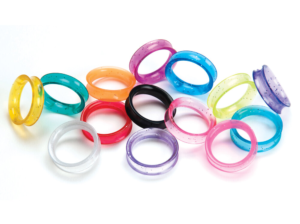 Insert Rings are an incredibly simple yet useful thing. Now all the companies made shears to standard hand sizes. Professional shear manufacturers like Hanzo do a lot of surveying and market testing before finalizing the size but there are some people whose hands are either smaller or bigger than the standard size. If your hands are small, insert rings will fix the issue. Just inset a ring on the insides of the finger rings are voila – you will have a shear that fits 100 percent in your hand. I have used the Hanzo Premium Finger Sizers. They come in assorted colors and are made with high quality silicone. At just $2, they will last you a lifetime.
Insert Rings are an incredibly simple yet useful thing. Now all the companies made shears to standard hand sizes. Professional shear manufacturers like Hanzo do a lot of surveying and market testing before finalizing the size but there are some people whose hands are either smaller or bigger than the standard size. If your hands are small, insert rings will fix the issue. Just inset a ring on the insides of the finger rings are voila – you will have a shear that fits 100 percent in your hand. I have used the Hanzo Premium Finger Sizers. They come in assorted colors and are made with high quality silicone. At just $2, they will last you a lifetime.
Stopper
The Stopper is a rubber or plastic insert which prevents the finger rings from colliding with each other. The purpose is to make the shear motion more smooth and prevent shears from wearing out. Premium shears like the HH21 Gokai have a screw-in bumper. The exact location of the screw-in bumper or stopper varies from one brand to another.
Free Guide to Choosing the Right Professional Shears All Hairstyling Needs.
Finger Rest or Tang
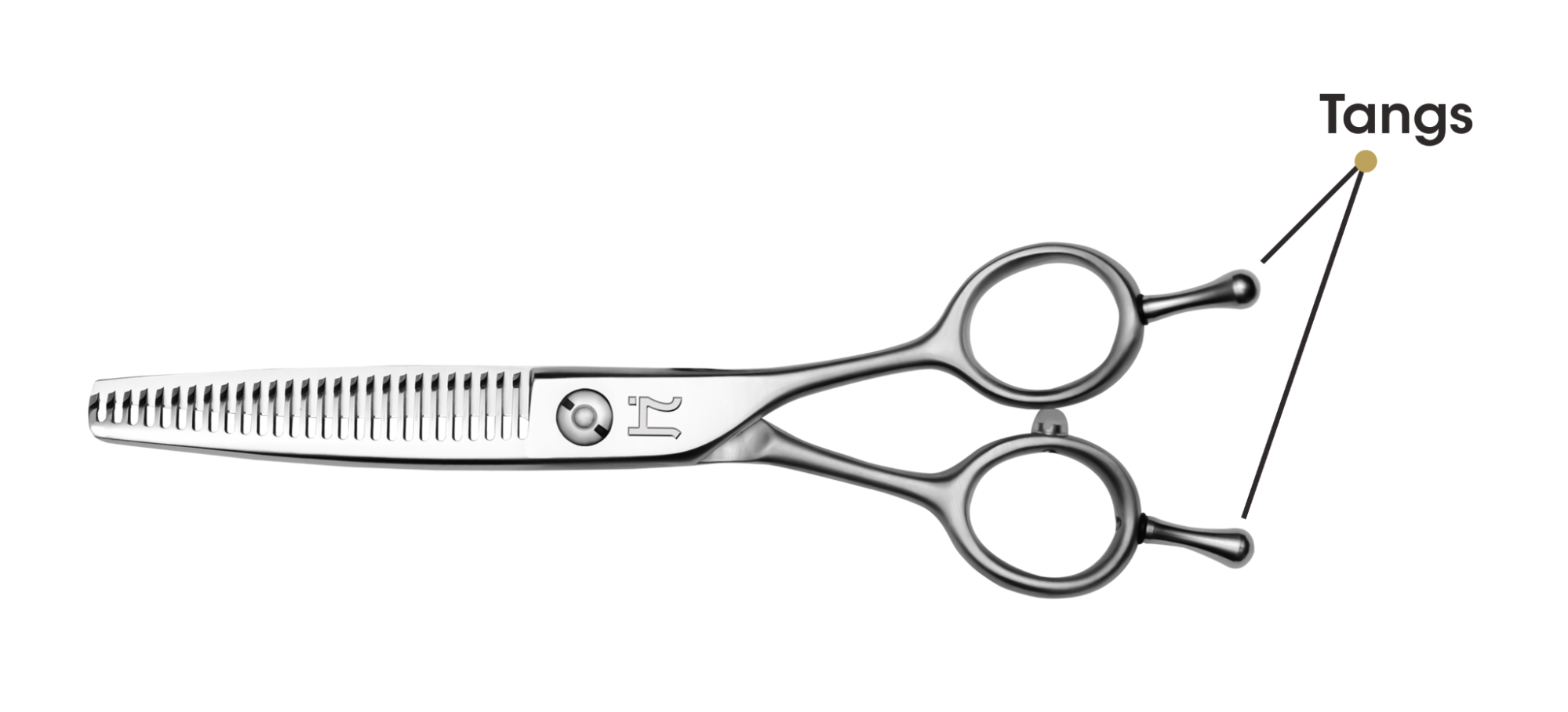
These are detachable extensions which can be used by professional hairstylists to rest their pinky finger. Depending on the technique, some hairstylists love them while others hate them. I find the tangs comforting for my pinky but if you are bothered by them, simply twist and remove.
Scissors might appear simple because they have a lot of complexities. Knowing the parts of scissors can help you choose the right shear for the right job. If you are an amateur and looking for the right hairstyling shears, I have compiled a guide that will help you do exactly that.

